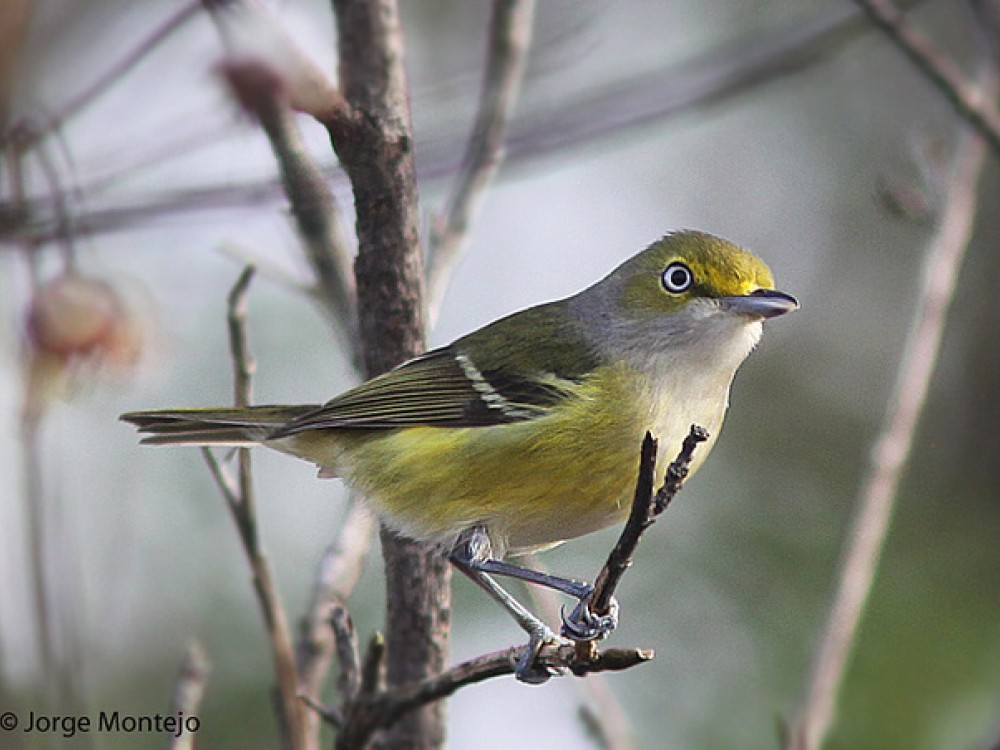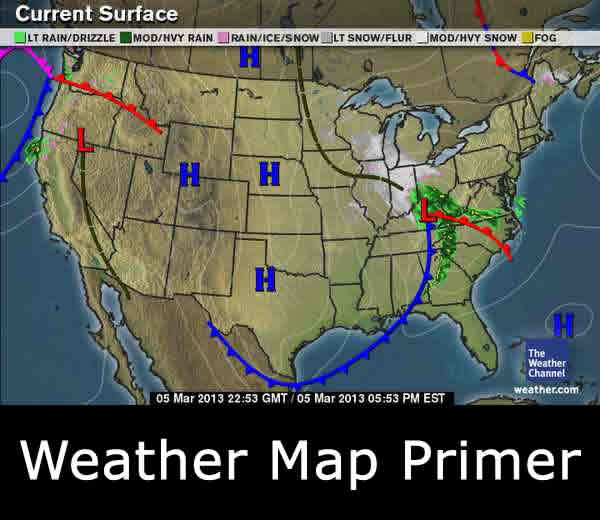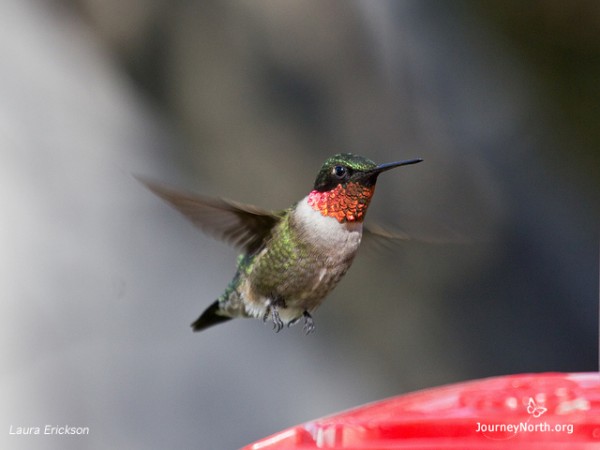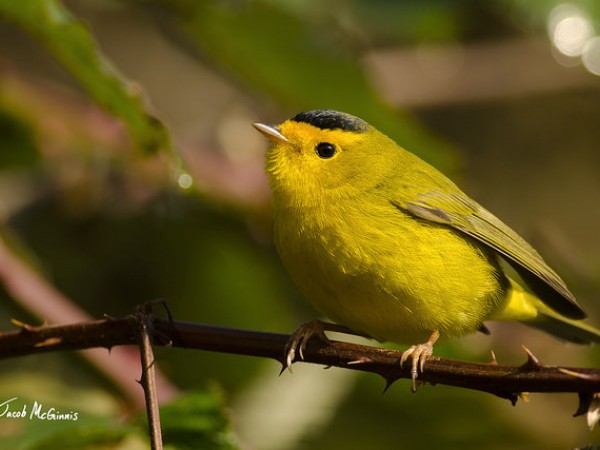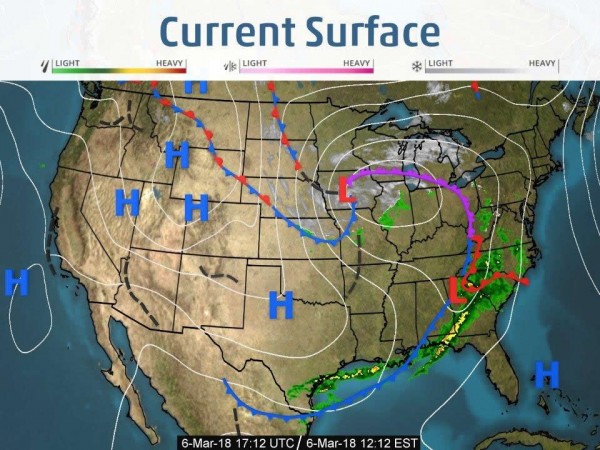Songbirds Arriving, Winter's Pushing Back
Some songbirds showed up well before they normally do, but winter's not making it easy.
Weather and Songbird Migration News: March 7, 2018
Dear Journey North,
Spring keeps trying to arrive, but winter keeps pushing it back! We are in the 60’s here in Chattanooga, but it will only be in the 40’s starting tomorrow, and we will be below freezing for the next several nights! Even so, migrants are becoming more numerous, and some species are showing up well before they normally do.
New Arrivals
For example, a White-eyed Vireo and a Northern Waterthrush have been seen in Alabama, and an Eastern Kingbird was seen here in Chattanooga today. All of those birds normally don’t arrive until April! Most of the sightings, however have been the more typical early migrants, such as Purple Martins, which were seen in Texas and Georgia, Tree Swallows, which showed up in Alabama, and Barn Swallows and Ruby-throated Hummingbirds arrived in Louisiana. Out west, the only migrant sighting was a Wilson’s Warbler that was seen in San Diego, CA.
A Tale of Two Weather Systems
What does the weather hold in store for migrants and birders this week? If we look at the map, you will see an area of low pressure moving off the southeastern U.S., bringing lots of rain with it. That rain will force birds to land until the skies clear. There is a cold front with it, but the winds behind it are not that strong, so normally that wouldn’t be a factor.
If you look behind it, however, you will see another system moving through the Midwest and Great Lakes regions. That front is much stronger, and will be bringing much stronger north winds to the eastern U.S. starting tonight, so even when the skies clear, the birds will still be grounded for a few days. That first system is expected to move up the east coast and merge with the second system to form a strong Nor’easter, which is a hurricane-like storm that brings high winds and lots of rain and snow to New England. If migration season was farther along, that system would definitely be bad news for the birds!
Out west, it is a different story. The high pressure areas have moved far enough inland that winds have shifted to the south, so that, along with clear skies, make for good flying weather, so there may be more migrant arrivals.
Seeing Yellow, Not Red!
Last week I mentioned that this was the Year of the Bird, so I was going to try to include some bird-related news or trivia in each of my reports. This week, I want to mention an unusual bird sighting that has been making news all over the country; you may have already heard about it. Down in Alabaster, Alabama, people have been seeing a yellow cardinal. Why is it yellow?
Most birds that are red, orange, or yellow get that color from their food, from a chemical known as carotenoids. This cardinal is not able to fully metabolize carotenoids, so its color is yellow instead of red. Flamingos are another species that get their red or pink colors from carotenoids, which are found in some of the crustaceans they eat, like shrimp. Many zoos did not know this, so for years they would feed their flamingos foods without carotenoids, and when the birds molted new feathers every year, they would grow in white! Once keepers finally realized what was happening, they changed the diet, and the flamingos grew red feathers again. More . . .
The season is just getting started, so get ready!
Take care.
David Aborn

